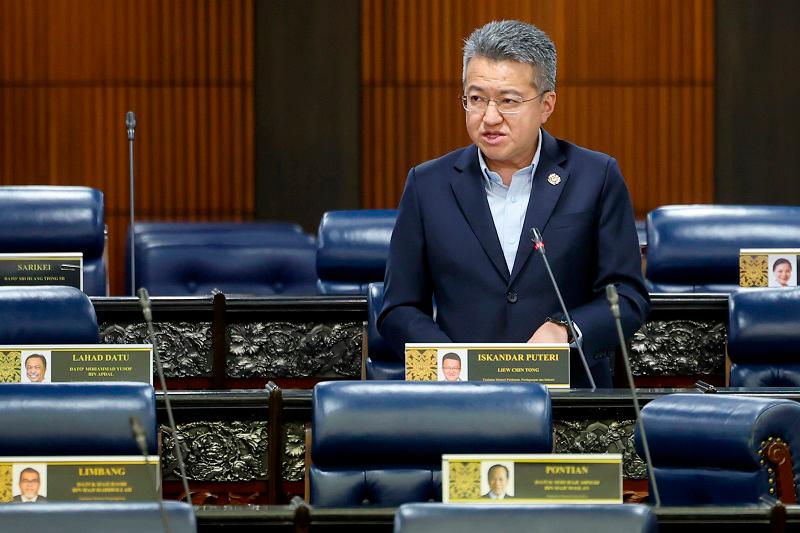KUALA LUMPUR: The Malaysia Productivity Commission Bill (MPC Act 2025), which is being drafted to replace the Malaysia Productivity Corporation (Incorporation) Act 1966, is expected to be tabled in Parliament next year, according to Deputy Investment, Trade and Industry Minister Liew Chin Tong.
He said this is aimed at introducing the power of oversight through the new functions of a commission, including inquiry power, as well as research and provision of advice to the government.
“The new Act will also give the MPC the power to conduct hearings and table findings in Parliament. The commission will be able to ensure effective implementation through monitoring and evaluation,” he said in winding up the debate on the Supply Bill 2025 (Budget 2025) at the committee stage for his ministry in the Dewan Rakyat today.
On Malaysia’s ASEAN 2025 chairmanship, Liew said this is a platform to prove the country’s capability to lead ASEAN member states towards achieving economic integration, fostering inclusivity, as well as boosting regional stability and cooperation.
“For the purpose of playing host as the ASEAN chair, the Ministry of Investment, Trade and Industry (MITI) as coordinator in the economic pillar has received approval for an operating expenditure of RM172 million,” he said.
Giving a further breakdown on the Budget 2025 allocation for ASEAN 2025 chairmanship, Liew said RM10.61 million has been earmarked for travel and subsistence, RM92 million for rental, RM3 million for communications and utilities, RM5 million for supplies and materials, and RM60 million for specialised services (RM60 million).
According to him, MITI has considered opportunities and challenges faced by ASEAN at present and in the future towards making a positive impact under Malaysia’s chairmanship.
On the total allocation of RM200 million for the NIMP Industrial Development Fund (NIDF) and Strategic Co-Investment Fund (CoSIF), he said that RM68.5 million is for NIDF and RM131.5 million is placed under CoSIF.
Liew said the allocation is aimed at financing high-impact projects through matching funds as well as the capital market.
The public and private funding combination, he said, is intended to increase the amount of capital, reduce investment risk, and enhancing the projects’ appeal to secure capital via the equity and bond markets.
“The new initiative is to apply the alternative financing method in order to transition from the conventional approach through awarding grants,” he said, stressing that providing grants had not produced the desired results.









